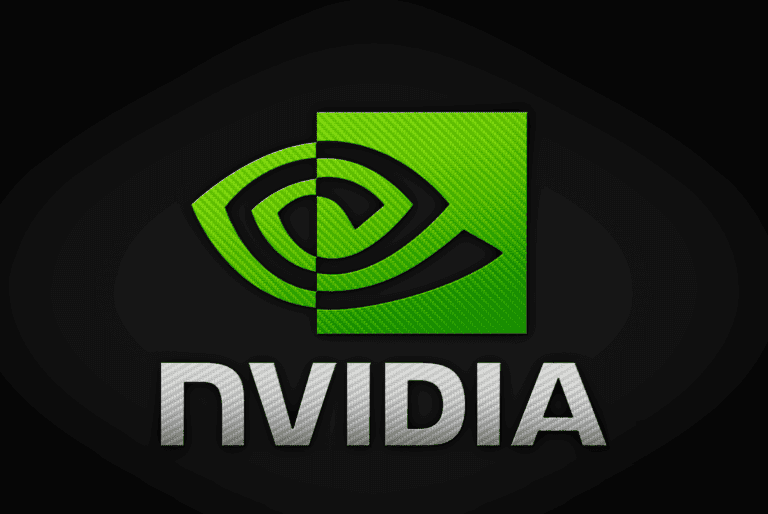Nvidia has dropped the price of the H20 in China. This AI chip faces a sizable competitor: Huawei.
Nvidia is bound by U.S. sanctions for its GPU supply to China. All products with American components face specific performance limits they may not exceed to curtail China’s technological advances. Nvidia’s video cards are the fastest options for developing, training and running AI workloads. The U.S. restrictions mean that that Nvidia can’t sell its industry-leading H100, the earlier A100 or the very latest Blackwell series in China.
To serve the Chinese market, Nvida has therefore developed a trio of GPUs that are “weak” enough to be allowed for export: the L2, the L20 and the H20. Of these, the latter is the most powerful, but is described as a “simplified” version of the H100. Those with deep pockets prefer to use this “Hopper” series for AI applications outside China. However, OpenAI recently received the first deliveries of Hopper’s (H100) successor Blackwell, hand-delivered by Nvidia CEO Jensen Huang.
Only Alibaba knocks on the door
Interest in the H20 remains lacking in China, Reuters writes. Nvidia has therefore cut its price by 10 percent to compete with Chinese Huawei’s flagship model, the Ascend 910B. The Huawei offering would fall between the H100 and the earlier A100 in terms of performance. Given that China wants to operate independently of Western technology, it would seem that that level of performance is enough.
It could be possible that Nvidia simply overestimated how many AI chips there were to sell in China. Only a few state-owned companies have reportedly expressed interest in the GPU. The largest cloud player in China, Alibaba, has committed to buying 30,000 H20s. Incidentally, the most advanced chips in the West mostly go to hyperscalers like Microsoft, AWS and Google given the sky-high price point.
Causes of disappointing sales
Huawei’s 910B is said to outperform the H20 on some “key metrics.” Presumably that relates to inferencing, or daily running of AI models. This is a less taxing workload than training, but occurs far more often over the lifecycle of AI development and deployment. Distributors have been selling the H20 for around 100,000 yuan per GPU, while the 910B can be snapped up for 120,000 yuan. Those prices are hard to pin down, since hardly anyone buys a single card. Typically, AI-centred GPUs arrive in off-the-shelf server racks or other form factors with multiple AI chips already deployed together.
Interestingly, the H20 is more expensive to make for Nvidia than the H100 due to its higher memory capacity. Namely, the H20 contains 96GB of video memory, while the H100 contains “only” 80GB. This amount is important because it greatly affects the speed and support for running AI models.
China is also enforcing that local companies buy from Chinese players whenever possible. This could cause Nvidia to lose out on business opportunities even with a completely superior product at a lower price.
Demand is unpredictable, too, as Trendforce’s earlier research shows.
Chinese market important for Nvidia
Trade in China has become increasingly important to Nvidia. It currently comprises 17 percent of the company’s total sales. Without the interference of both the U.S. and Chinese governments, that percentage would undoubtedly have already been considerably higher.
Also read: China pumping 30 billion into Huawei, that’s secretly becoming a chip giant
